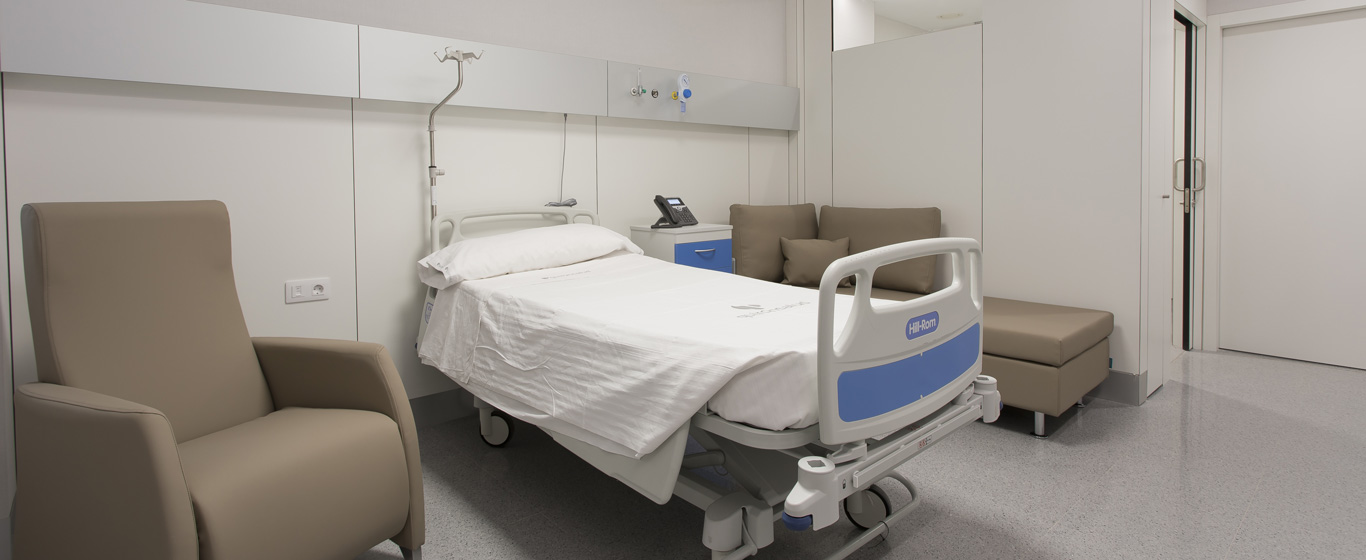Rectal Exam
The rectal exam involves palpating the interior of the anus and rectum by inserting the doctor’s index finger through the patient’s anus.

General Description
The rectal exam, or digital rectal exam, is a manual physical examination of the lower portion of the rectum. This exam allows palpation of both the rectum and surrounding structures, such as the prostate in men or the vaginal wall in women.
When is it indicated?
The rectal exam is a basic test to assess prostate health in men. It may be part of a routine check-up or performed when the patient presents symptoms such as difficulty starting urination, blood in the urine, a feeling of incomplete urination, or weak urine flow. It is also routinely performed in women, alongside a pelvic exam, to examine the vaginal wall.
The rectal exam is also indicated when the patient presents symptoms suggesting some type of alteration in the rectum or anus:
- Blood or mucus in the stool.
- Itching, burning, or pain in the anal area.
- Inability to evacuate.
In this way, this procedure facilitates the diagnosis of various pathologies:
- Hemorrhoids.
- Anal fissures.
- Abscesses.
- Fecaloma (excessive stool accumulation in the rectum preventing evacuation).
- Rectal or anal cancer.
- Prostate cancer.
- Prostatitis (prostate infection).
- Benign prostatic hyperplasia (prostate enlargement).
How is it performed?
The rectal exam is a brief and simple procedure. It involves the insertion of the doctor’s index finger through the patient's anus to palpate the anal opening, sphincters, rectal mucosa, and the final portion of the intestine, as well as the posterior region of the prostate and the vaginal wall.
In female patients, it is common to perform a bimanual exam, or rectovaginal exam, inserting one finger into the vagina and another finger from the same hand into the rectum, while applying pressure to the lower abdomen with the other hand. This technique allows the examination of the size and shape of the female reproductive organs.
Risks
The rectal exam has no adverse effects or complications. However, it is contraindicated in the case of acute anal pathology, such as fissures or thrombosed hemorrhoids, as the examination may be very painful and cause bleeding. It is also not recommended when there is acute prostatitis due to the risk of mobilizing the bacteria causing it and worsening the patient’s condition.
What to expect during a rectal exam
To perform the rectal exam, the patient must remove clothing from the lower body. The patient can assume different positions: lying on the exam table in a fetal position with the knees raised to the chest, or standing and leaning forward with the arms supported on the table. It is also possible to conduct the exam with the patient in a genupectoral position, kneeling on the table with arms supported. In the case of a rectovaginal exam, the patient lies on her back with legs raised and placed in stirrups.
Before proceeding with the rectal exam, the specialist conducts a visual examination of the external area of the anus to detect any lesions that may contraindicate the exam. The doctor then puts on a glove and applies lubricant to the finger to facilitate insertion. During the exam, the patient may be asked to contract the sphincter or to push. It is common for the patient to feel discomfort, discomfort, or even pain if there is any type of lesion. Male patients may also feel the urge to urinate due to pressure on the prostate.
The rectal exam is completed in a few minutes. It is an outpatient procedure, after which the patient can go home without the need for post-procedure care.
Specialties where a rectal exam may be requested
A rectal exam may be requested in the consultations of urology, digestive medicine, gynecology, and oncology.
How to prepare
The patient does not need any specific preparation prior to the rectal exam.









































































































